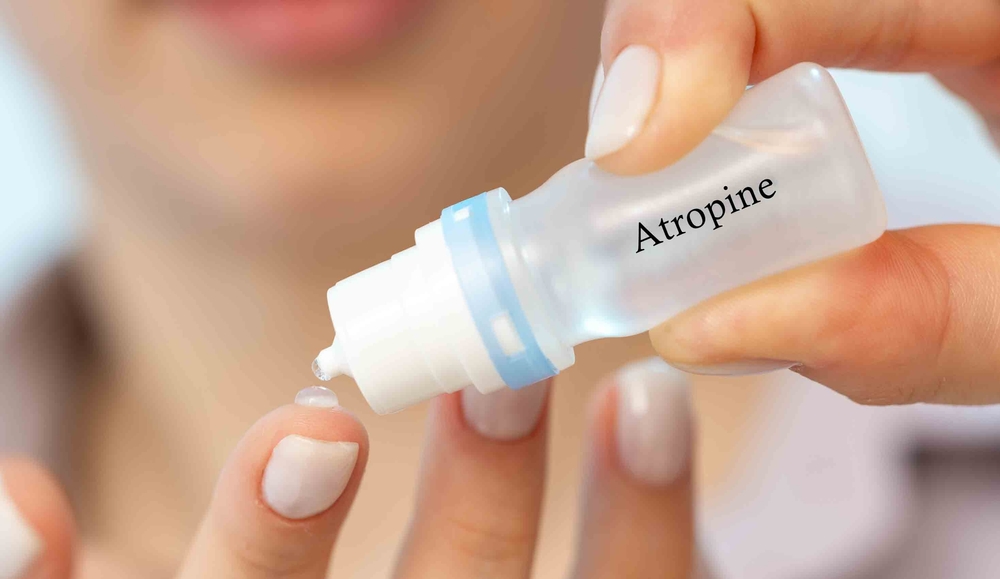How Long Does It Take to See Results from Atropine Drops?
Blog:How Long Does It Take to See Results from Atropine Drops?

How Long Does It Take to See Results from Atropine Drops?
Myopia is one of the most common vision conditions in children. It occurs when the eye grows too long or the cornea is too curved, causing light to focus in front of the retina instead of directly on it. This makes distant objects appear blurry while close objects remain clear. Myopia often develops during childhood and tends to progress as the eyes continue to grow.
The Importance of Myopia Management
Uncontrolled myopia progression can increase the risk of serious eye health issues later in life, such as glaucoma, retinal detachment, and macular degeneration. That’s why myopia management is so important—especially during a child’s early years. By slowing the progression of nearsightedness, parents can help protect their child’s long-term eye health while reducing the need for stronger prescription glasses or contact lenses.
How Low-Dose Atropine Eye Drops Work
One of the most effective methods for managing myopia is the use of low-dose atropine eye drops. Atropine has been studied extensively and is proven to slow the progression of myopia in children. Unlike glasses or contact lenses, which only correct blurry vision, atropine works on the underlying process of eye growth. By gently relaxing the eye’s focusing mechanism, atropine reduces the signals that trigger excessive elongation of the eye.
How Long Does It Take to See Results?
Parents often wonder how soon they’ll notice results after starting atropine drops. While every child responds differently, research shows that atropine typically begins to show measurable effects within the first 6 to 12 months of consistent use. It’s important to note that atropine does not “cure” myopia or reverse existing nearsightedness - it slows the rate at which it progresses over time. Because progression is usually tracked with regular eye exams, your child’s optometrist will monitor prescription changes and eye growth to evaluate how well the treatment is working.
Factors That Can Influence Results
Several factors can affect how quickly and effectively atropine works for a child, including:
Age - Younger children often benefit most since myopia tends to progress faster at earlier ages.
Dosage - Your optometrist will prescribe the right concentration to balance effectiveness with minimal side effects.
Consistency - Daily use as prescribed is essential for the best results.
Individual Eye Growth - Each child’s eyes develop differently, so outcomes can vary.
Schedule Your Child’s Myopia Evaluation Today
Low-dose atropine eye drops are a safe, proven treatment to help slow the progression of childhood myopia. While it may take several months to notice measurable results, consistent use combined with regular monitoring can make a significant difference in your child’s long-term vision health.
At Texas State Optical, we specialize in comprehensive myopia management plans tailored to your child’s needs. If you’re concerned about your child’s vision or want to learn more about atropine therapy, schedule an appointment and take the first step toward protecting their sight for the future. Visit our office in Austin, Texas, or call (512) 233-6242 today.


